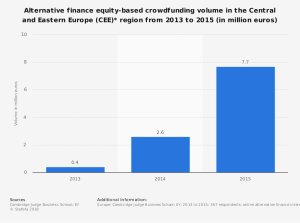Three tips for successful professional bull riding
Becoming proficient in professional bull riding requires great determination and stamina. But that alone may not be enough to guarantee success in such a demanding sporting event. In order to be a successful rodeo contender, there are several things to keep in mind that will help keep you safe and possibly put you ahead of the game.
1. WEAR PROTECTIVE EQUIPMENT. It has always been a tradition for a cowboy to wear his cowboy hat. He is perhaps one of the most vivid icons of a cowboy, setting the tone for the modern west. Safety helmets have been designed to protect the cowboy from head injuries. In addition to helmets, protective vests were also created to prevent life-threatening chest conditions. Professional bull riders are at higher risk of injury or death than any other athlete. A cowboy wearing a helmet or padded vest (the bulletproof vest) may destroy Western appeal a bit, but it may preserve his career for several more years or even save his life. However, many tough cowboys refuse to let helmets and padded vests ruin their image, so they ride unprotected. Between 1989 and 2009, 49 tragic injuries occurred in rodeos resulting in 21 deaths. At present, more and more professional bull riders are falling into the trend of wearing protective gear and believe that it has prolonged their career and health.
2. PHYSICAL HEALTH. Staying healthy requires a lot of effort, including consistent exercise and adequate rest. It is especially important to develop your core strength, which is a key factor in professional bull riding. Some professional cowboys train six days a week to stay in good physical shape. Balance is a crucial element in professional bull riding and can be improved with yoga and strength training. Metabolic conditioning is another fundamental skill for bull riders. Resistance exercises, such as full-body deadlifts and squats, will help train your metabolic system for competition. Also, short sprints several times in a row, 20, 30, or 40 yards, will help you stay on the bull longer and also prevent injury.
3. PERFECT YOUR TECHNIQUE. Training requires an investment of time and money, but it is something that will define your performance as a professional bull rider. Technique is one of the most important aspects in professional bull riding, training with a good trainer at a reputable school is a good way to learn to perfect your technique. At a bull riding school, you will learn exercises to improve your skills, train with certain exercises, and have your wrinkles analyzed by professional trainers. Your technique can be the difference between a losing score and a winning one.
Truly, professional bull riding requires extreme courage and mental toughness. In addition to using the proper equipment and adopting habits that will put you in optimal health, it’s important to perfect your technique to prevent potentially dangerous injuries and improve your skill. Certainly bull riding is nothing to ride a horse and should be taken seriously. By wearing protective gear, maintaining the best health, and getting the proper training, you just might find yourself at the top of the rodeo contender rankings and possibly in the money.



